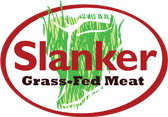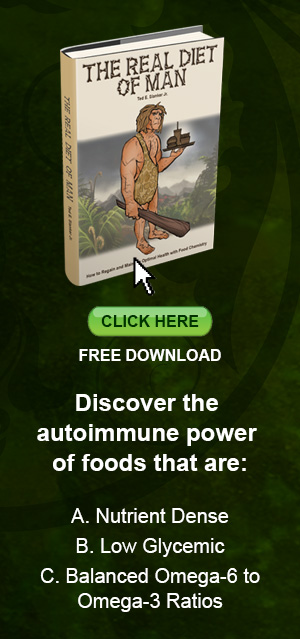Grass-Fed Beef Benefits
What are the benefits of grass-fed beef?
This is a hotly debated topic not only within the cattle industry, but also among nutritionists, healthcare providers, animal rights activists, and environmentalists. As in many debates about the raising and processing of food, environmental consequences, nutrition, and the impact of diet on health and disease, the various positions taken are based on beliefs, feelings, traditions, and science.
When science is ignored and the debate is about beliefs, feelings, and traditions, the conclusions become rather meaningless because anything goes. But if the focus is on science which is the understanding of the physical world as we know it, then the debate has traction.
Cattle are just like wild ruminants: buffalo, deer, elk, etc. All of them can and do thrive in a natural environment hosting green leafy plants. About 6,000 years ago, for greater convenience and as insurance against hunger, man started domesticating some animals and shepherded them within a natural environment that supported green plants. Today that tradition continues when animals are grass-fed.
Cattle raised on grasslands are participating in their traditional symbiotic relationship with the green leaf. Green leaves and one-celled plants on land and in the sea, are the world’s only sustainable life forms. They absorb nutrients from the air, water, and soil and receive and store energy from the sun. In turn, as a food, green leaves host 100% of the basic nutrients, including energy, needed to support animal life.
There is more to the symbiotic relationship between animal life and green leaves. Cattle breathe in oxygen and exhale carbon dioxide. Green leaves take in carbon dioxide and release oxygen. When cattle digest grass they release the carbon that was in the grass (as methane) which is then reabsorbed by the grass as it grows. When cattle eat the grasses they deposit feces on the ground which is also part of a necessary nutrient cycle that makes a healthy soil which feeds the plants.
In animal husbandry the vast majority of cattlemen are good stewards. But the best are grazers. Cattle on range or pasture continue the natural cycle that’s been in place for hundreds of thousands of years. In so doing they produce the same food man has been eating from his very inception.
The advancement of knowledge regarding essential nutrients has rewritten nutritional science. Much of this new knowledge has not yet gained sufficient traction amongst the masses which includes some scholars, educators, government officials, and community leaders. But science to date strongly suggests that one of the most important essential nutrients for brain function, the nervous system, immune system strength, and over all health is the equal balance of essential fatty acids (EFA) Omega-6 to Omega-3 in the membranes of living cells.
The 1:1 EFA balance comes directly from green leaves. Animal bodies do not produce the 1:1 EFA balance which is why those fats are called essential. Animals must eat EFAs in the proper balance to have them in proper balance. The EFA ratios in fruit, nuts, grain, and seeds generally range from 6:1 to 30:1. Some nuts and legumes are much higher. The average for green vegetables is 1:1 and lower. Scientists have determined from observations that many chronic diseases occur when the EFA ratio exceeds 4:1.
Another important factor is nutrient diversity and density. Green leaves are complete nutrient packages with some being more dense than others. For instance dark green kale is more dense than light colored iceberg lettuce. Fruit, nuts, grain, and seeds generally only have from 50% to 80% of the nutrient spectrum found in green leaves. Consequently animals that eat primarily fruit, nuts, grain, and seeds will be deficient in many critical nutrients. This fact is borne out by the high EFA ratios (averaging 15:1) and lower vitamin levels that are in all grain-fed meats from beef to chicken.
All fully grass-fed ruminants have EFA ratios of between 0.8:1 and 2:1. In addition, since they lived on green leaves their whole lives, they also received the green leaf’s very dense, full spectrum of nutrients. Consequently grass-fed ruminants have 100% of the nutrients man needs for his optimal health with a perfect EFA balance. Grass-fed beef, like green leaves, is a perfect food for man. But the beef is easier to digest and tastes much better.
Predators hold ruminants in check from over populating the world which could wipe out the green plants and lead to desertification. Man is a predator. When he raises grass-fed cattle on grasslands for food that is far more environmentally balanced than raising crops. If cattle were not specifically raised for food as they are today, the domestic cattle population would be nil and what cattle there were would be running wild like deer and buffalo only to be held in check by predators. Without domestic livestock man would then be forced to plow up more grasslands than he does now to grow more inferior food crops such as fruits, nuts, grain, and seeds. The result would be more chronic disease.
Grass-fed beef is good for the planet and is a superior food for man. Grass-fed livestock are raised responsibly in balance with the natural resources. Grass-fed beef has numerous benefits, as do all grass-fed ruminants, in man’s food chain.




